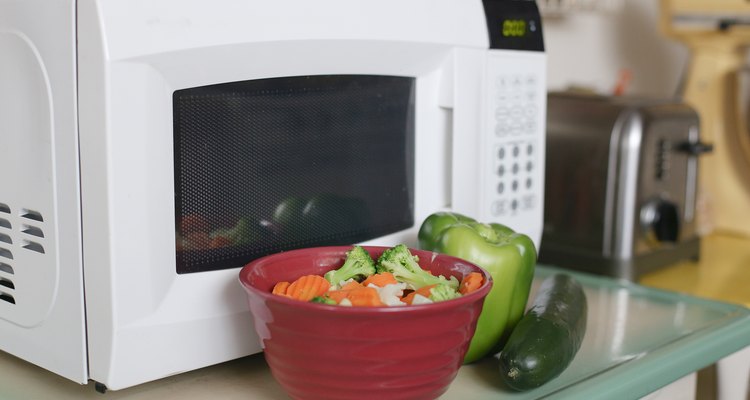
Vegetables steam quickly and efficiently in the microwave, but each vegetable takes a different amount of time to cook. Depending on the size of the pieces and how dense the vegetable is, the cooking times vary from 2 minutes for less dense vegetables, such as kale; all the way up to 13 minutes for whole acorn squash. That said, some constants remain -- all vegetables need a bit of liquid added and need frequent checking as they near done-ness to help ensure that they don't end up overcooked.
Fresh Vegetables

Thoroughly wash vegetables just before cooking. Use a scrubbing brush for vegetables that might have ground-in dirt, such as potatoes or cucumbers with spines.

Cut vegetables into serving-size pieces with a chef's knife meant for chopping, or leave them whole. Whether or not you cut the vegetables depends on how you plan to use them. For example, leave beets whole if you plan to use some the same day and save some for another day.
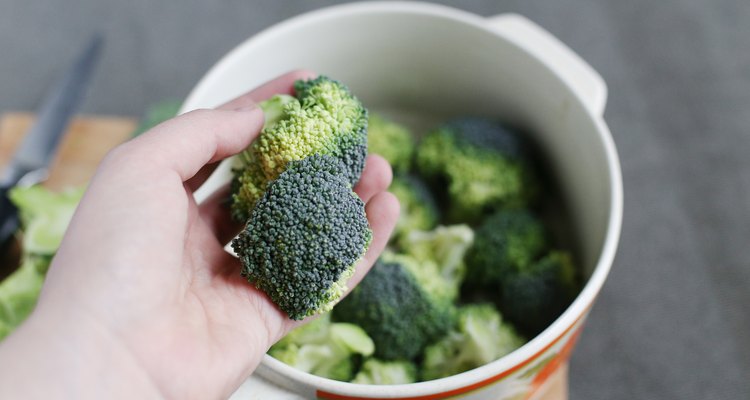
Place the vegetables in a microwave-safe container and add water. Sprinkle a few drops of water on vegetables that already contain lots of water, such as broccoli or zucchini; and add up to 1/4 cup of water for longer-cooking vegetables, such as winter squash or beets.
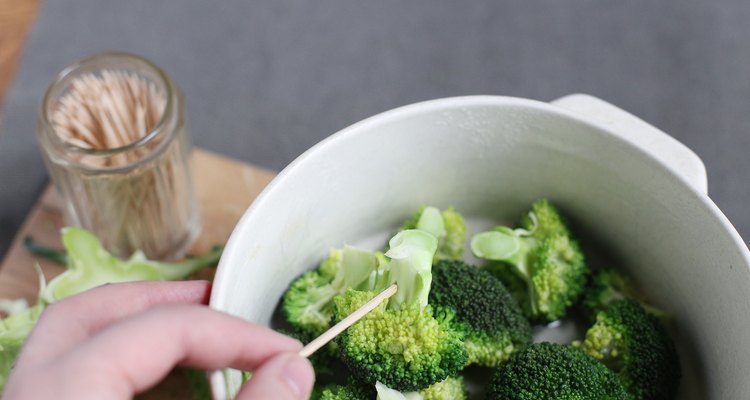
Cook the vegetables until they are crisp-tender, meaning that they are no longer raw but have a little "give" when you poke them with a toothpick or the tip of a sharp knife. Check the vegetables in 30-second intervals as they reach their typical cooking time.
Frozen Vegetables
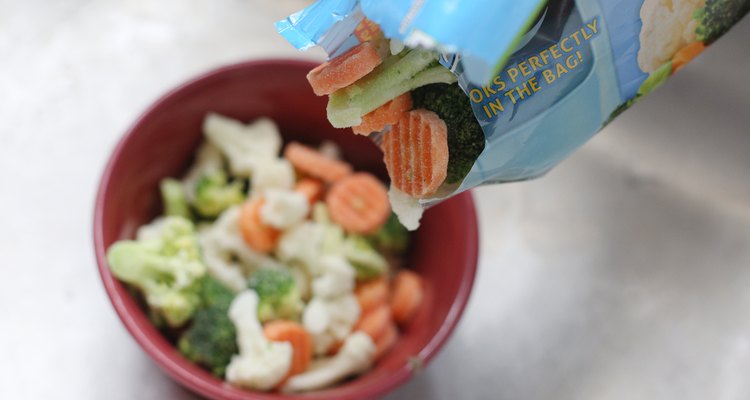
Remove the packaging from frozen vegetables and place the vegetables on a microwave-safe plate or bowl. You can microwave some vegetables in their packaging, as long as the wrapping is made from paper, not foil. Put packaged vegetables, such as spinach or green beans, in a bowl, since liquid from the ice will melt and drain from the box.
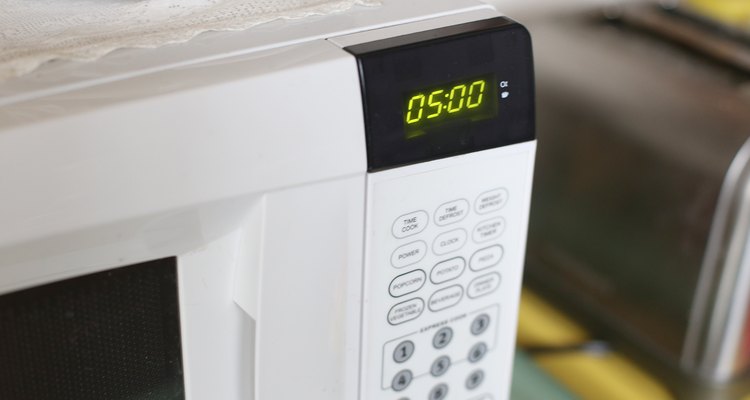
Cook frozen vegetables from 3 to 5 minutes, checking frequently for done-ness. Some vegetables, such as frozen corn, will cook faster than fresh varieties since freezing has already broken down their cell walls to some extent; but others, such as spinach, will take longer than fresh since they're frozen in a solid block of ice.

Drain excess water from the cooked vegetables by tipping the cooking container into your sink and holding back the vegetables with the side of a chef's knife. Use a potholder to hold the plate or bowl and proceed slowly to protect yourself from very hot steam and water.
Related Articles

How to Roast Radishes, Parsnips, ...

Which Vegetables Can Be Frozen?

How to Freeze Mangetout Vegetables

How to Keep Peeled Vegetables From ...

How to Freeze Carrots & Turnips

How to Perfectly Cook Broccoli

How to Steam Vegetables in an Electric ...

How to Cook With Freeze-Dried Vegetables
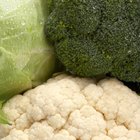
How to Steam Cauliflower & Broccoli
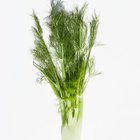
How to Julienne Fennel
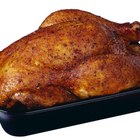
How to Use the Steamer on the Showtime ...

How to Roast Cornish Hens With Potatoes ...

If I Puree Raw Vegetables Will That ...

How to Cook Frozen Spinach
How to Cook Vegetables in a Roaster ...
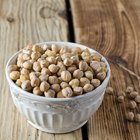
List of Vegetables That Contain Protein ...

Is It Safe to Cook Vegetables in ...

Leaving Cooked Vegetables Unrefrigerated

Vegetable Rice Calories

How to Roast Beets for Canning or ...
References
- The Victory Garden Cookbook; Marian Morash
- How to Cook Everything Vegetarian; Mark Bittman
- Environmental Working Group: All 48 Fruits and Vegetables With Pesticide Residue Data
- National Center for Home Food Preservation: General Freezing Information: Thawing and Preparing Foods for Serving
- The Deluxe Food Lover's Companion; Sharon Tyler Herbst and Ron Herbst
Writer Bio
Susan Lundman began writing about her love of cooking, ingredient choices, menu planning and healthy eating after working for 20 years on children's issues at a nonprofit organization. She has written about food online professionally for ten years on numerous websites, and has provided family and friends with homemade recipes and stories about culinary adventures. Lundman received her M.A. from Stanford University.
Photo Credits
Sarah Vantassel/Demand Media